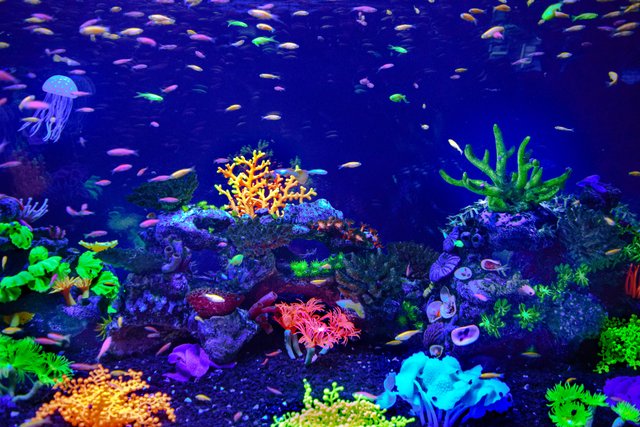A Beginner's Guide to Choosing the Best Aquarium Substrate

If you're new to aquarium keeping, choosing the right substrate for your tank may seem overwhelming. There are many different types of substrate available, each with its own benefits and drawbacks. The right substrate can help to create a healthy and natural environment for your fish and plants, while the wrong substrate can lead to water quality problems and other issues. In this beginner's guide, we'll walk you through the process of choosing the best aquarium substrate for your tank, including tips on how to choose aquarium substrate.
What is Aquarium Substrate?
Aquarium substrate is the material that lines the bottom of your aquarium. It provides a foundation for beneficial bacteria, helps to maintain water quality, and creates a natural environment for your fish and plants. Aquarium substrate can come in many different forms, including gravel, sand, soil, and clay.
Gravel
Gravel is one of the most popular types of aquarium substrate. It's versatile, affordable, and comes in a range of sizes and colors. Gravel can help to create a natural look for your aquarium and provides a good surface area for beneficial bacteria to colonize. However, it can be difficult to clean and can trap debris, which can lead to water quality problems if not properly maintained.
Sand
Sand is a popular choice for aquariums that contain bottom-dwelling fish or plants that require a soft substrate. It's easy to clean and provides a natural look that many fish and plant species prefer. However, sand can be more expensive than other types of substrate and may require more maintenance to prevent it from compacting over time.
Soil
Soil is a popular choice for planted aquariums because it provides essential nutrients for plant growth. It can be more expensive than other types of substrate and may require more maintenance, but it can help to create a healthy and natural environment for your plants.
Clay
Clay is a porous substrate that can help to absorb excess nutrients and improve water quality. It can also provide a natural look for your aquarium, but it may require more maintenance than other types of substrate.
How to Choose the Best Aquarium Substrate
When choosing the best aquarium substrate for your tank, there are several factors to consider.
Tank Size
Consider the size of your aquarium when choosing substrate. A larger aquarium will require more substrate than a smaller one. Aim for a depth of 2-3 inches of substrate in your tank.
Fish and Plant Needs
Different species of fish and plants have different substrate requirements. Research the needs of your fish and plants to ensure that you select the right substrate for your tank. For example, bottom-dwelling fish may require sand, while plants may thrive in soil.
Budget
Some types of substrate are more expensive than others, so choose one that fits within your budget. Remember to factor in any additional costs, such as equipment needed to maintain certain types of substrate.
Aesthetic
Substrate comes in a range of colors and textures, so choose one that complements the aesthetic of your aquarium. Keep in mind that darker substrates can make your aquarium appear smaller, while lighter substrates can make it appear larger.
Conclusion
Choosing the best aquarium substrate for your tank can be overwhelming, but with the right information, it doesn't have to be. Consider the needs of your fish and plants, the size of your aquarium, your budget, and the aesthetic you want to achieve. With these factors in mind, you can select the best substrate for your tank and create a healthy and natural environment for your aquatic pets. Use the tips on how to choose aquarium substrate to help guide you in making the best decision for your tank.